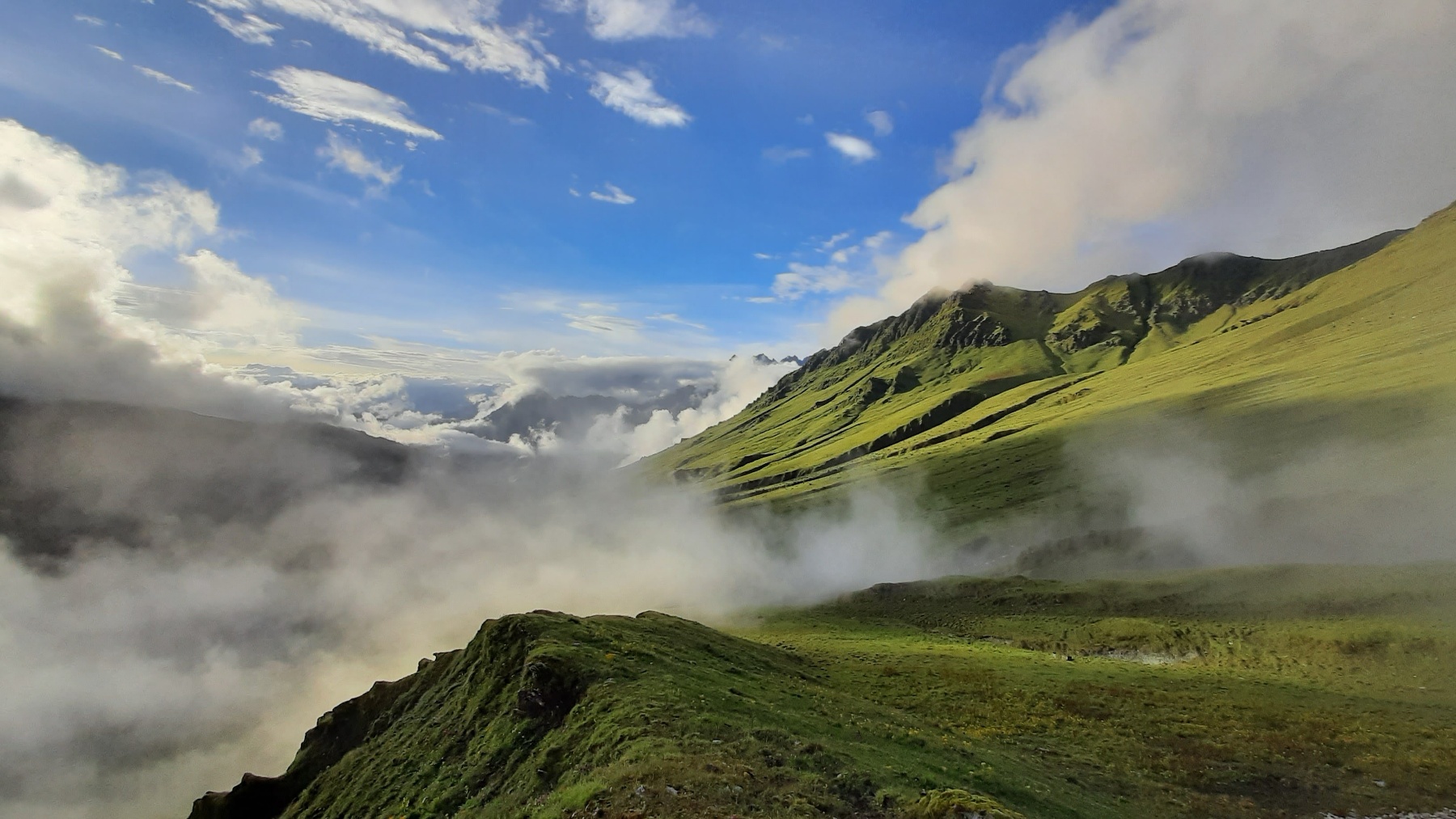

Luscious trees, tranquil environment, and friendly faces, what more can one ask for while looking for a break? Dhorpatan Hunting Reserve is the place that one needs to add in their to-do list. Reaching a place like Dhorpatan is an adventure in itself with its complicated geography and serene nature.